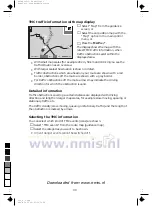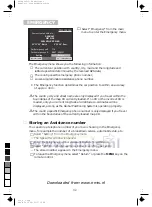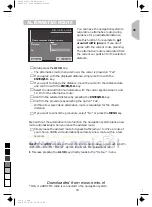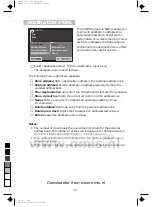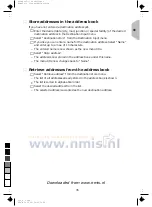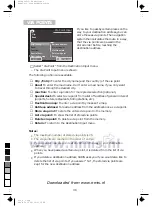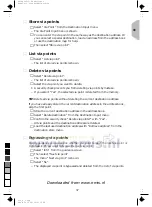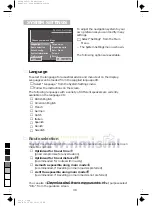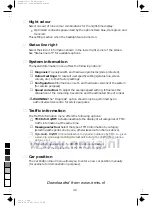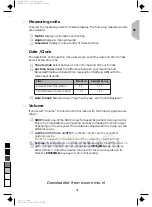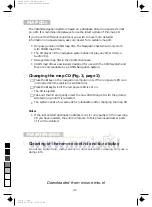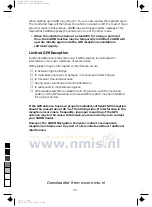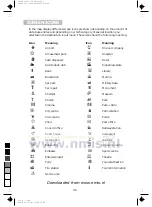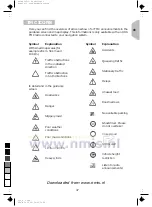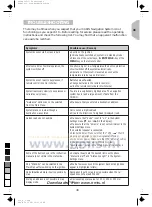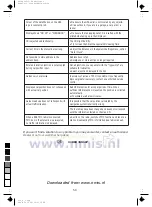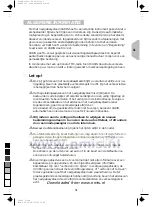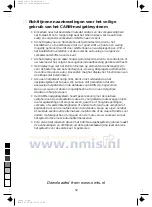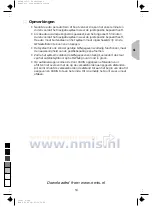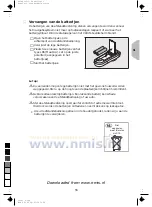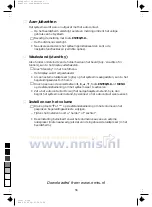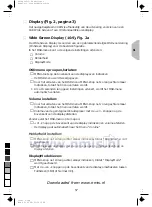
HOW DOES CARIN NAVIGATION WORK?
■
Determination of the vehicle position
The movement of the vehicle is
measured by sensors that are
integrated in the CARIN system.
The distance driven is recorded
by an
electronic signal from
the speedometer
and the
rotary movements of bends
by the
gyroscope
(a rotary
measurement system). The
information from these sensors
is, however, not always exact as
the values can be affected by
skidding of the wheels, varying
tyre pressure due to changes in
temperature, etc.
By comparison of these signals with the digitized map it is possible to correct any
inaccuracies of the sensors and to determine the position of the vehicle quite
precisely. In order to correct the data, signals from a number of
GPS satellites
are required for a period of several minutes.
▲
GPS (Global Positioning System)
The GPS System is based on the
reception of navigation signals from a
total of 24 GPS satellites at a height of
21.000 km.
To determine the position with
sufficient accuracy, signals from at
least 4 satellites must be received.
The CARIN GPS receiver can handle up to 8 satellite signals simultaneously. This
allows an accuracy of about 30 m to 100 m which is further improved by the
other sensors.
When the vehicle is parked for a longer period of time, the satellites move on
during this period. Therefore, when the ignition is turned on again it can take
a few minutes before CARIN can pick up enough satellites and evaluate the
received signals.
•
You can recognize that the reception is sufficient by the green symbol that
appears in the CARIN display. If GPS reception is not sufficient, the satellite
symbol remains red.
GPS signal
Gyroscope
Speedometer
signal
Navigation
computer
Digital roadmap
0
20
40
60
80
100
120
140
160
054.346.3
GB
43
0
5
25
75
95
100
520_e_5.chp
Thu Nov 12 09:34:06 1998
Farbprofil: Deaktiviert
Komposit Standardbildschirm
Downloaded from www.nmis.nl


